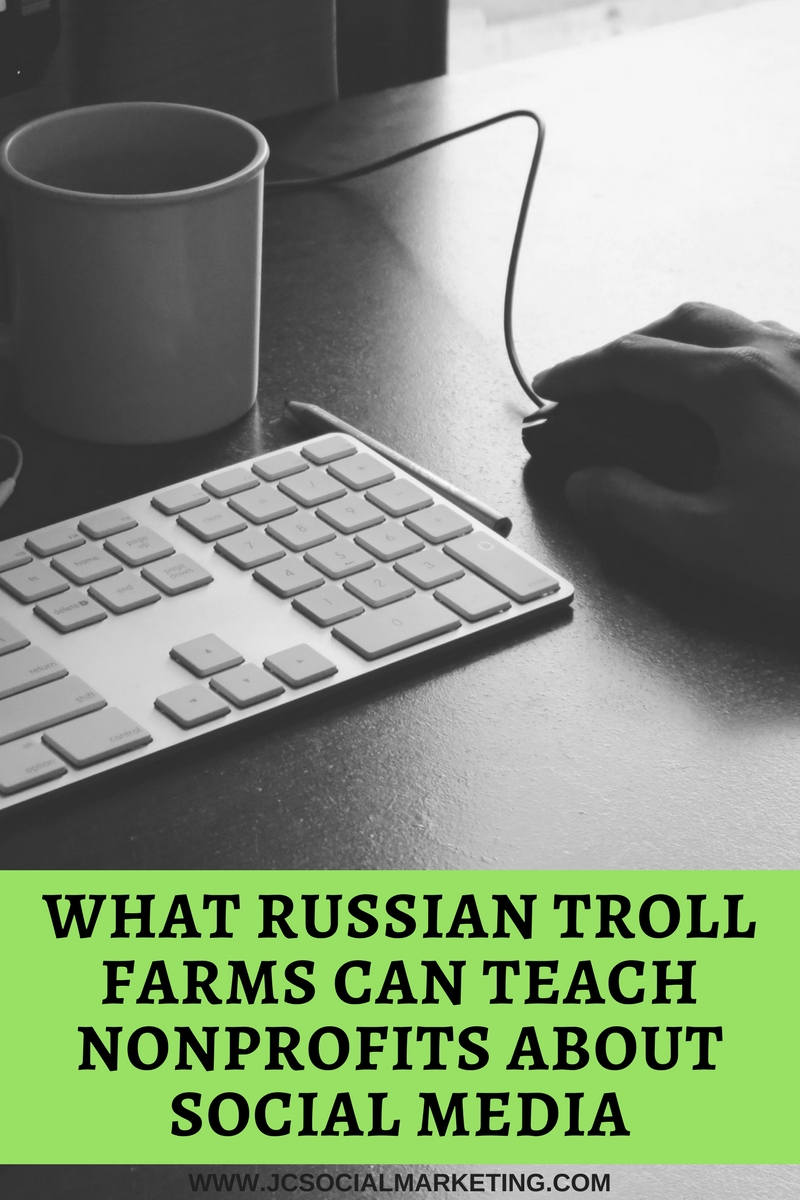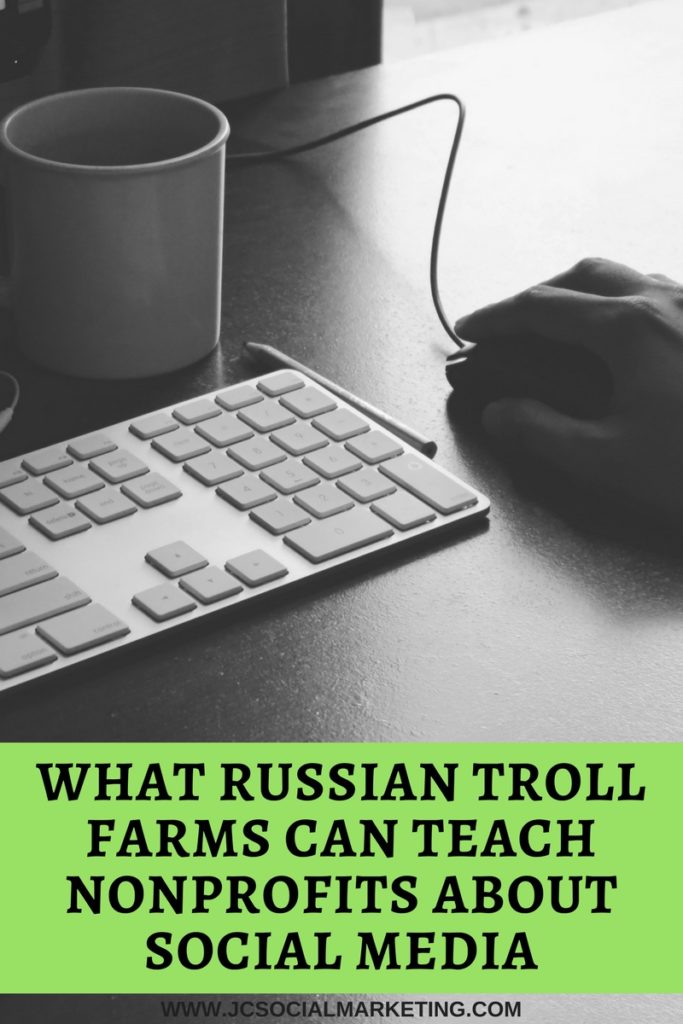 What an incredibly volatile year it has been for social media platforms – and February isn’t even over yet.
What an incredibly volatile year it has been for social media platforms – and February isn’t even over yet.
Just in the past few weeks, Facebook has released several platform-altering announcements that have sent brands and organizations scrambling to keep up and alter their strategies.
Snapchat revealed it’s new widely reviled face lift; Instagram opened its API to allow for scheduling of native posts; it’s been released that we are spending less time on Facebook; and more.
The Internet Research Agency (IRA)
Perhaps the biggest announcement involving social media platforms thus far this year came on Friday, with the now infamous Russia indictments. NOTE: This is not an article about collusion or obstruction of justice or even politics, but it does require a brief intro.
13 Russian nationals and 3 Russian businesses were indicted as part of FBI special counsel Robert Mueller’s investigation into whether Russia interfered with the 2016 US presidential election.
One group in particular, the Internet Research Agency, used social media posts, online ads, and rallies in the US, “primarily intended to communicate derogatory information about Hillary Clinton, to denigrate other candidates such as Ted Cruz and Marco Rubio, and to support Bernie Sanders and then-candidate Donald Trump.”
The details that came out about how these Russian internet trolls used social media, specifically Facebook ads, is shocking.
All American should be gravely concerned that another country attempted to influence (and by all appearances succeeded) our democratic election.
On Facebook alone, an estimated 126 million Americans may have been exposed to material the group produced!
There is no question of the despicable, evil nature and intent of the Internet Research Group. To suggest otherwise would be blind.
However, there is also little double as to the success of the IRA and these Russian troll farms, in terms of getting engagement, reach, spreading (mis)information, sharing (awful) ideas, and building passionate groups of (misled) supporters.
In all the ugly horror and despicable details, there are lessons here for social media marketers.
Here are just 5 things that nonprofits can learn from Russian troll farms and their disturbingly effective social media tactics.
1) They knew what they wanted to accomplish.
The stated aim of the Internet Research Group activities were “spreading distrust towards the candidates and the political system in general.”
The group wanted to sow discord, create chaos, promote distrust of US democracy and government systems, and vilify Hillary Clinton.
It cannot be disputed that they did in fact do several of those things.
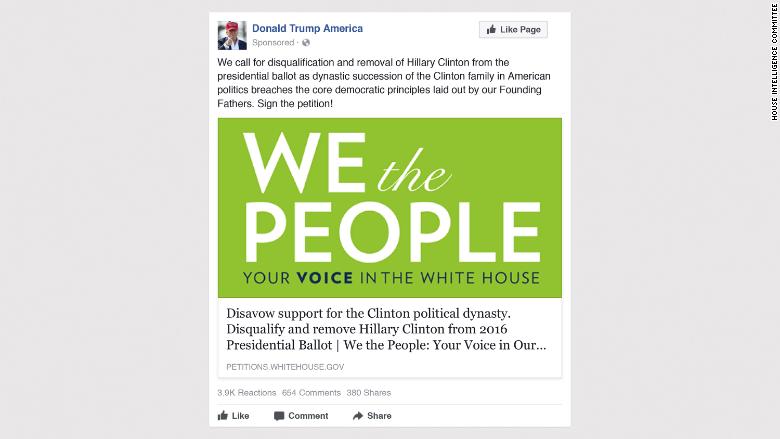
An actual social media ad purchased by Russian troll farm Internet Research Agency
2) They were laser-focused on message.
Their message was simple, and laser-focused. Vilify their enemies, mostly Hillary Clinton.
Employees were instructed “not to criticize Bernie or Trump” in their posts. Get people all riled up and scared.
Several employees who managed Facebook Pages for the company were lectured that they did not post enough negative information about Hillary Clinton.
What if their budget and marketing savvy could be used for good? To encourage trust? To build loyalty? To inspire, rather than anger?
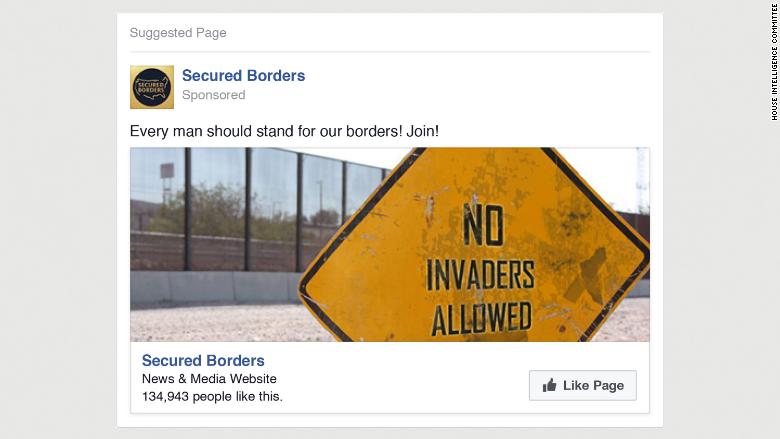
An actual social media ad purchased by Russian troll farm Internet Research Agency
3) They knew their audience.
It’s striking that Russian troll farms seemingly knew Trump’s America better than people who live here and interact with Trump supporters on a daily basis.
Granted, their information was egregious and false, but they knew exactly what their audience wanted to read, to consume, to share, and they gave it to them – like red meat to wolves.
Please know that I am NOT suggesting that you create false information and manipulate your audience.
I do recommend that you create content that, while staying true to your mission and your values, is interesting and valuable to your target audience.

An actual social media ad purchased by Russian troll farm Internet Research Agency
4) They spent money and time on graphic design.
The Internet Research Agency employed graphic designers to create visuals to enhance their posts, with a very strategic eye on color, composition, and font size.
They knew that text overlay on images worked best.
They knew that red worked better than blue.
They conducted anonymous focus groups with their target audience to find out what would make them stop in the News Feed, click, and share.
The company was actively creating platform-specific content for Facebook, Twitter, Instagram, YouTube, and Tumblr, with an eye as to what worked best on each platform.
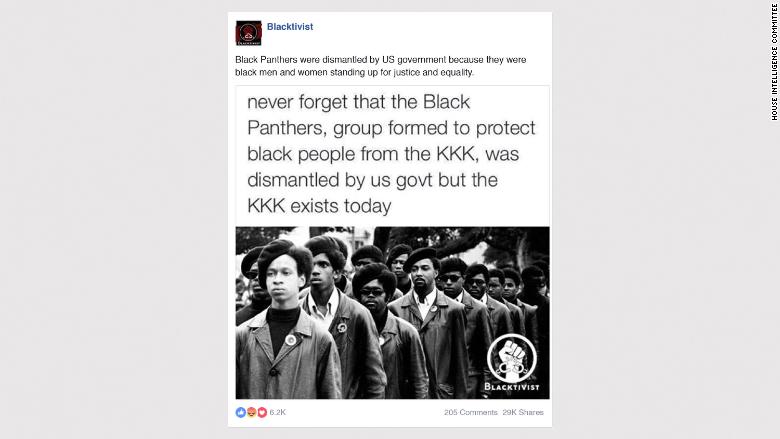
An actual social media ad purchased by Russian troll farm Internet Research Agency
5) They measured, analyzed, and tweaked their strategy.
There was an entire department devoted to seeing how their posts were doing – how many likes, comments, and shares they received.
The indictment says: “To measure the impact of their online social media operations, Defendants and their co-conspirators tracked the performance of content they posted over social media. They tracked the size of the online U.S. audiences reached through posts, different types of engagement with the posts … changes in audience size, and other metrics. Defendants and their co-conspirators received and maintained metrics reports on certain group pages and individualized posts.”
Employees also received guidelines on how to maximize engagement, down to the ratio of text to graphics to video in a given post.
Where We Go From Here
When you read about the mundane office details in the indictment, the IRA and other Russian troll farms are almost laughingly bureaucratic and basic in their 9 to 5 nature.
But their strategic, purposeful, effective use of social media should be a lesson to all of us that are attempting to change hearts and minds, and influence decisions.
There are ways to leverage the power of social media for good.
Nonprofits have to find it, and do an even BETTER job than Russian troll farms. Our democracy depends on it.
Free e-book for nonprofits: The Essential Guide to Nonprofit Facebook Groups!

Everything you need to get set-up and get started with Groups!
Facebook recently announced that they are going to put more an emphasis on building community and encouraging “meaningful interactions” on the site. This means less reach for public posts by brands and organizations.
So what's a nonprofit to do? Get in the community engagement game! One way to build a dynamic, passionate community is to create a Facebook Group.
In this step-by-step guide:
- The difference between Facebook Groups and Facebook Pages
- How to create a Facebook Group for your nonprofit
- The pros and cons to starting and managing a Facebook Group
- Key considerations when deciding to start a Group for your specific organization
